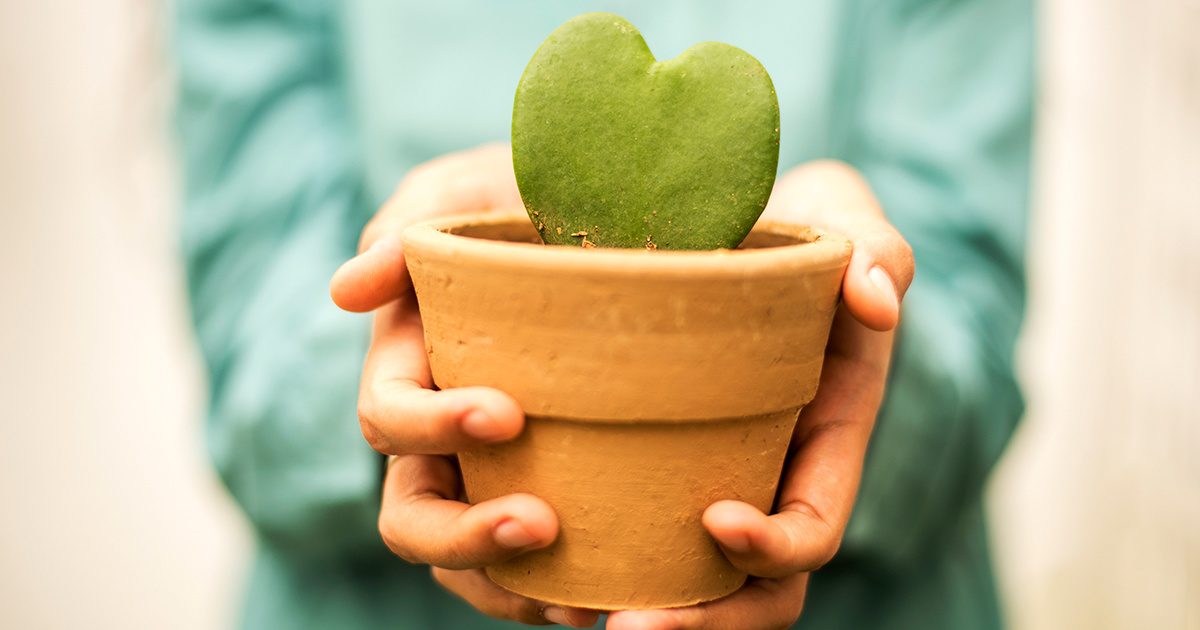

Yasser Chalid / Moment / Getty Images
By Brian Barth
Do the planet a favor and skip the roses this year.
Trace the path of a rose back from your local florist to the pesticide-drenched greenhouse in South America from whence it likely came, and you will quickly realize that beautiful red bud has had an outsize role in destroying the planet.
Unless you’re in Florida or Southern California, February and flowers do not go together in the U.S. They are flown under climate-controlled conditions from tropical countries and then shipped in a refrigerated truck to retailers, racking up an enormous carbon footprint in the process. And the growing conditions in those countries are typically neither good for the environment, nor the farmworkers.
Compared to most food crops, cut flowers require higher doses of chemical fertilizers and pesticides to maximize production and keep disease at bay. And countries like Columbia, which produces the lion’s share of flowers found at U.S. florists, aren’t exactly known for environmental regulations and worker protections. Some of the most harmful pesticides that have been banned in this country are widely used in the floriculture industry of developing nations.
Most floriculture workers are women; numerous investigations have reported rampant sexual harassment and other labor abuses in the industry. One study found that approximately 8 percent of flowers in U.S. markets—that’s one rose in 12—was cut by a child laborer. In Ecuador, another major supplier, 8 in 10 floriculture workers are children.
By the time Mother’s Day rolls around, you can source fresh-cut flowers from your backyard, or a local farmer’s field. But in the dead of winter, you might want to consider a more appropriate gift.
Heirloom Rosebush
This way you can give your loved ones roses whenever they are in season. In the southern half of the country, many nurseries are already starting to stock these cold hardy shrubs. Elsewhere, order from a supplier that specializes in hardy heritage varieties and have it delivered to your doorstep.
Flowering Houseplant
Orchids aren’t traditional Valentine’s flowers, though they do have kind of a sexy look. Most importantly, they bloom for months on end, unlike a bouquet that is dead by the end of the week. And then they do it again! Truly sustainable.
Floral Bath Bomb
There’s nothing more romantic than a luxuriating soak. Bath bombs—a tennis ball-sized pack of therapeutic salts, herbs, essential oils and flower petals—makes it all the more luxuriating.
Fragrant Massage Oil
This way you will at least have the scent of flowers in the air. Of course the oil is only part one of the gift. Part two, the massage, is even better.
Native Flower Seeds
Native species like yarrow, milkweed, bee balm and coneflower make long-lasting bouquets. Part of the romance can be planning a date on the first warm weekend of spring to plant them together.
Reposted with permission from our media associate Modern Farmer.

 233k
233k  41k
41k  Subscribe
Subscribe 